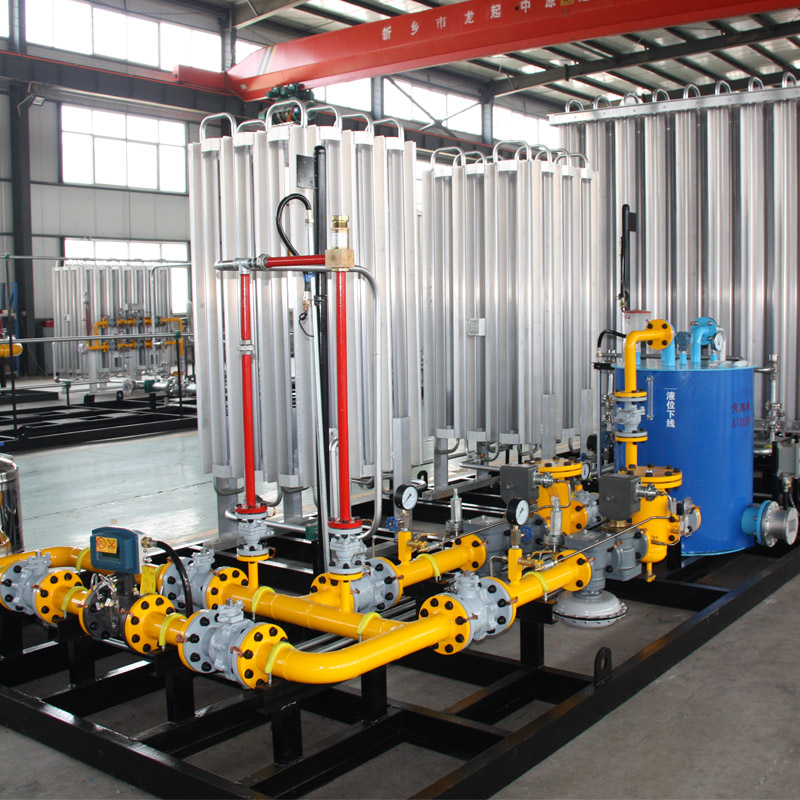
Jul . 31, 2024 18:24
Back to list
Understanding the Principles and Applications of Heat Exchangers in Modern Industries
Understanding Heat Exchangers Principles and Applications
A heat exchanger is a crucial component in various industrial and engineering applications, designed to facilitate the transfer of thermal energy from one medium to another. This process is essential in numerous systems, including power generation, HVAC, chemical processing, and refrigeration. Understanding the principles and applications of heat exchangers can provide insights into their importance and functionality.
At its core, a heat exchanger allows for efficient energy transfer between two fluids without mixing them. The two fluids can be gases, liquids, or a combination of both. The primary objective is to heat one fluid while cooling the other, thus optimizing energy use and enhancing system performance. This thermodynamic exchange typically occurs through conduction, convection, and sometimes radiation, depending on the design and operating conditions.
There are several types of heat exchangers, each serving different applications based on the specific requirements of the system. Common types include shell-and-tube, plate, air-cooled, and double-pipe heat exchangers.
1. Shell-and-Tube Heat Exchanger This type consists of a series of tubes, one set carrying the hot fluid and the other carrying the cold fluid. The design allows for high-pressure operations and is widely used in chemical processing and oil refining.
2. Plate Heat Exchanger Composed of multiple thin plates stacked together, this type provides a larger surface area for heat transfer in a compact design. Plate heat exchangers are commonly used in food processing, pharmaceuticals, and HVAC systems due to their efficiency and ease of cleaning.
heat exchanger

3. Air-Cooled Heat Exchanger These exchangers use ambient air to cool or heat a fluid. They are commonly used in refrigeration and air conditioning systems, especially in remote locations where water cooling is not feasible.
4. Double-Pipe Heat Exchanger Simplistic in design, it consists of one pipe inside another, with one fluid flowing through the inner pipe and the other through the outer pipe. While less efficient compared to other types, it is easy to construct and suitable for smaller applications.
The efficiency of heat exchangers is measured by their effectiveness, which is the ratio of the actual heat transfer to the maximum possible heat transfer. Engineers design heat exchangers to maximize this effectiveness while minimizing pressure drops across the system. Various factors, such as fluid properties, flow patterns, and temperature differences, influence the overall performance.
The applications of heat exchangers span a wide range of industries. In power plants, they are utilized to recover waste heat and improve thermal efficiency, leading to reduced fuel consumption and lower operational costs. In HVAC systems, heat exchangers help maintain comfortable indoor temperatures and optimize energy usage. In chemical manufacturing, they play a critical role in controlling reaction temperatures and ensuring process safety.
As industries strive for greater energy efficiency and sustainability, the role of heat exchangers becomes ever more crucial. Innovative designs, materials, and technologies continue to emerge, enhancing their performance and efficiency. The integration of heat recovery systems and advanced control strategies further increases their effectiveness, contributing to greener industrial practices.
In conclusion, heat exchangers are indispensable in a wide range of applications, providing effective means for thermal energy transfer. Their diversity in design and function showcases their adaptability to various industrial needs. Understanding these devices not only highlights their importance in improving energy efficiency but also underscores their critical contribution to modern engineering solutions. As industries evolve, so too will the technology and application of heat exchangers, paving the way for more sustainable practices in the future.
Latest news
-
Safety Valve Spring-Loaded Design Overpressure ProtectionNewsJul.25,2025
-
Precision Voltage Regulator AC5 Accuracy Grade PerformanceNewsJul.25,2025
-
Natural Gas Pressure Regulating Skid Industrial Pipeline ApplicationsNewsJul.25,2025
-
Natural Gas Filter Stainless Steel Mesh Element DesignNewsJul.25,2025
-
Gas Pressure Regulator Valve Direct-Acting Spring-Loaded DesignNewsJul.25,2025
-
Decompression Equipment Multi-Stage Heat Exchange System DesignNewsJul.25,2025

